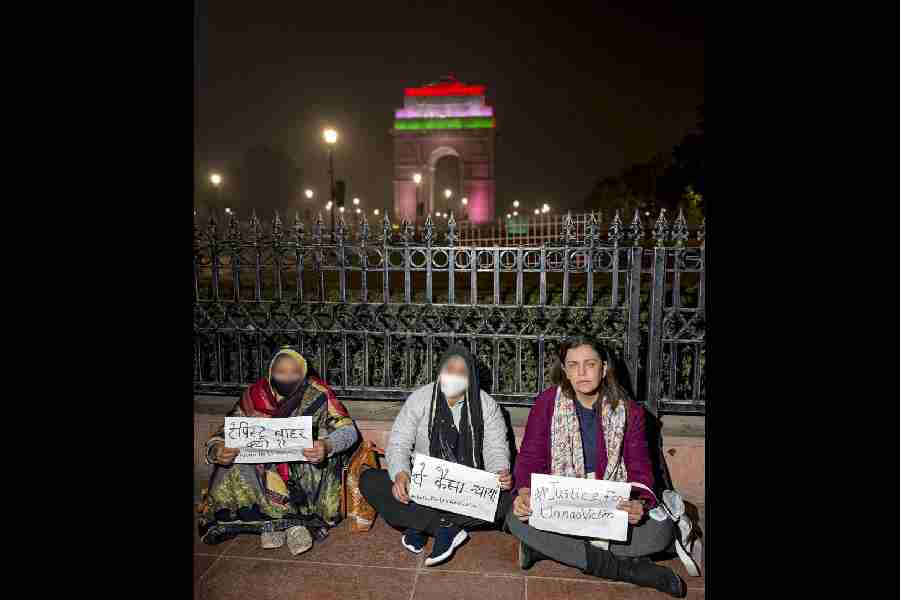The coronavirus has infected far more people in the US than testing has shown so far, and stringent measures to limit social contact in parts of the country not yet seeing many cases are needed to significantly stem the tide of illness and death in the coming months.
Those are the conclusions of Columbia University researchers who used a New York Times database of known cases and Census Bureau transportation data to model how the outbreak could evolve based on what is known about the virus. The estimates are inherently uncertain, and they could change as America adopts unprecedented measures to control the outbreak.
But they offer a stark warning: Even if the country cut its rate of transmission in half — a tall order — some 650,000 people might become infected in the next two months.
The growth is driven by Americans with mild symptoms who are carrying and spreading the virus without being aware that they have it, the researchers say. The number of undetected cases — 11 times more than has been officially reported, they estimate — reflects how far behind the US has fallen in testing for the virus.
New York City, Seattle, Boston and parts of California already have such large outbreaks that they will probably see significant growth even after taking extraordinary measures over the past week, the researchers say. New York City’s outbreak, the nation’s largest, grew to more than 4,000 known cases on Friday and is likely to increase many times over even in a favourable scenario.
On the other hand, parts of the country without large clusters of cases could still avoid the worst of the outbreak — if they impose measures like closing schools, banning mass gatherings and testing and quarantining sick people and their contacts. The epidemic would then spread inland at a much slower pace and strike with less severity, the estimates say.
But controls would need to be put in place immediately, and everywhere.
“We’re looking at something that’s catastrophic on a level that we have not seen for an infectious disease since 1918,” said Jeffrey Shaman, a professor of environmental health sciences at Columbia and the leader of the research team, referring to the Spanish flu.
“And it’s requiring sacrifices we haven’t seen since World War II. There are going to be enormous disruptions. There’s no easy way out.”
Controls in many places have already changed the fabric of American life.
Restaurants and schools have closed, people are working from home and travellers have put off trips — all changes that should reduce the rate of infection.
In California, New York and Illinois, officials have announced more stringent directives aimed at stopping the spread. That means that at least 1 in 5 Americans will be under orders to stay home in the coming days.
But other places have resisted. Bars and restaurants remain open in Wichita, Kansas, in a county that reported its first case on Thursday night, and in Knoxville, Tennessee, where reports of the virus have been scarce. Some malls remain open in Chicago, recreational marijuana shops in Oregon, and some retail chains nationwide. Many businesses are still requiring workers to come into the office.
“I’m not really supportive yet of restricting things further or closing down,” said Pete Meitzner, head of the Board of County Commissioners in Sedgwick county, which includes Wichita, a city of about 400,000. Meitzner said he was growing increasingly anxious at the possibility that people who do not know they are ill might spread the virus, but that he also needed to consider the fate of workers as the community decided whether to close buildings.
“Some of our public offices and buildings are, but I do feel horrible for our restaurant workers and our hospitality workers at our hotels,” he said.










